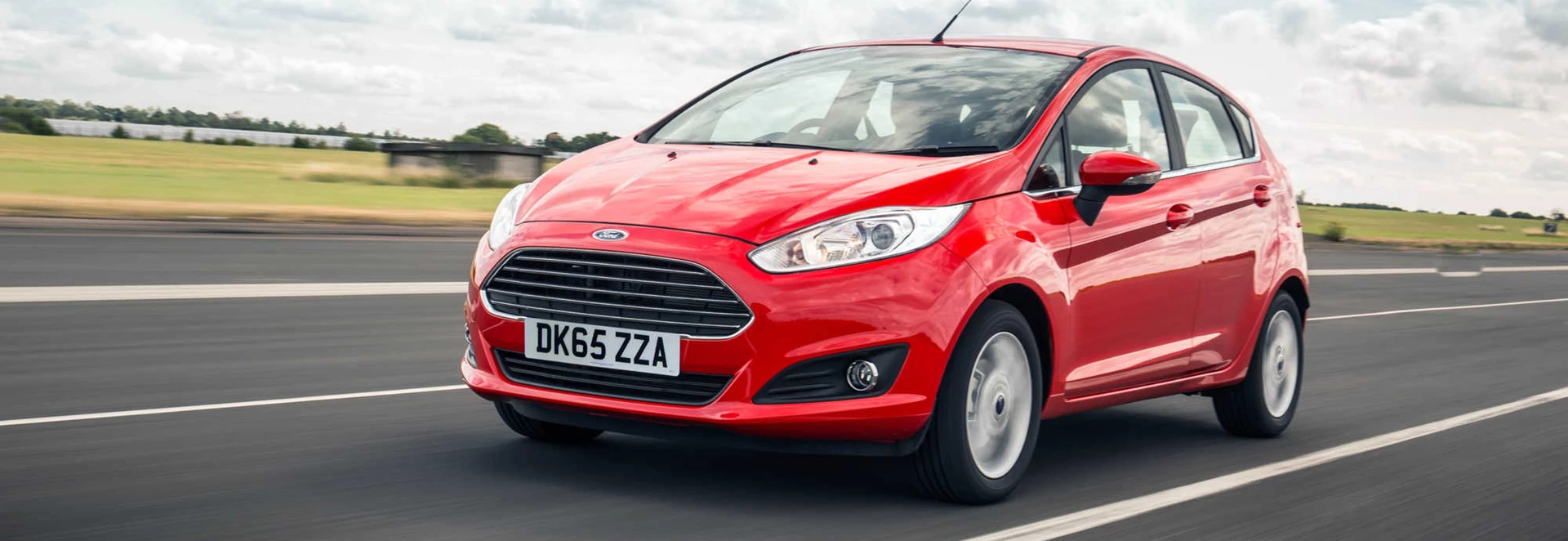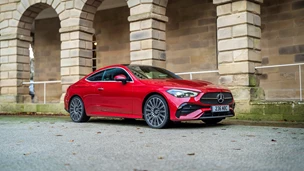With a dapper facelift in 2012 and the introduction of the multi-award winning 1.0-litre three-cylinder EcoBoost engine in the same year, the Fiesta’s popularity has continued to bloom. Although there is plenty of competition circling the Fiesta – such as the Vauxhall Corsa and Volkswagen Polo – it shows no signs of slowing down its sale onslaught.
So just how popular is it? Well, it’s consistently the UK’s best-selling car, topping sales charts month after month. It is so successful because; it’s affordable to buy and own, fun to drive and well supported by a huge dealership network. We got our hands on the bestselling Zetec version of the Ford Fiesta to see exactly why it is the UK’s favourite car.
Performance
Although the 1.0-litre EcoBoost dominates the Fiesta’s engine range, Ford also offers a cheaper 1.0-litre 79bhp three-cylinder petrol that comes without the turbocharger, mated to a five-speed manual gearbox, as well as an older 1.25-litre engine with 59 or 81bhp.
This 1.0-litre can complete the 0-62mph sprint in 14.9 seconds, which is around 1.5 seconds slower than the 98bhp 1.0-litre EcoBoost fitted with a turbovharger. It might sound slow, but a willing nature means it feels quite zippy around town. But, take it out into the countryside, or on the motorway, and it requires plenty of gearchanges to keep it up to speed.
With additional outputs of 99, 123 and 140bhp available for the plucky EcoBoost, plenty of quicker options are available. The latter is fitted in the Fiesta Red and Black Edition and propels the Ford to 62mph in 9.0 seconds, making it a rival for the MINI Cooper and Suzuki Swift Sport.
Ride and Handling
The Fiesta is more exciting to drive than some of its main competitors, such as the Vauxhall Corsa and Volkswagen Polo
The Fiesta feels like a bigger car, thanks to its supple ride, great front-end grip and impressive lack of body roll. Steering wise, the Fiesta evades the overly-light feel of many other superminis, offering a much more evenly weighted drive, along with good feedback that helps you keep track of what the wheels are doing. As you can feel more of what’s going on at your fingertips, the Fiesta is more exciting to drive than some of its main competitors, such as the Vauxhall Corsa and Volkswagen Polo. The Zetec S and Red or Black Edition get uprated and lowered suspension, making them an even sharper drive, without ruining ride comfort. Flowing between corners with ease, these sporty versions of the Fiesta really are a joy to drive along a twisty country lane. The Fiesta is more exciting to drive than some of its main competitors, such as the Vauxhall Corsa and Volkswagen Polo
Interior and Equipment
The Ford Fiesta first went on sale in 1976 and is now in its seventh generation. More than 16 million have been sold worldwide since.
Regardless of what trim level you go for, the Fiesta’s instrument panel comes finished in a smart-looking black gloss. Its central console has a bold design, with a keyboard inspired by mobile phones. But, it’s starting to show its age, and as mobile technology has adopted the touch-screen, the Fiesta could do with a similar upgrade. Entry-level kit on the Fiesta is as expected in a supermini, with a CD player, USB input and front electric windows. The Zetec trim sits in the middle of the range and has proven to be the most popular model with buyers, including some necessities like air conditioning, MP3 compatibility and alloy wheels. We had a go using Ford’s SYNC technology system with DAB radio and sat-nav, fitted for an additional £700. This offers a series of voice commands for your phone and music library so that you can keep your hands on the wheel and eyes on the road. It does take some getting used to, but overall it performs quite well. Seemingly, the Fiesta’s only weak point is practicality. With a 290 litre boot on offer – which is by no means small for a supermini - the Fiesta is not as spacious as the Dacia Sandero (320 litres) or Honda Jazz (379 litres). When the rear seats are folded down the Fiesta has 974 litres on offer, but they don’t sit completely flat, making it difficult to slide in large objects. Did you know? The Ford Fiesta first went on sale in 1976 and is now in its seventh generation. More than 16 million have been sold worldwide since.
Cost
We’d recommend the Fiesta Zetec 1.0T 99bhp if you're looking for the best all-rounder.
CO2 emissions for the 79bhp 1.0-litre unit manage to sit under the 100g/km mark at 99g/km, making it free to tax. Fuel consumption is rated at 65.7mpg, regardless of whether you choose the 79, 99, or 123bhp version. The 1.6-litre diesel is even more frugal, returning 76.3mpg. But, the 1.25-litre petrol can only manage 54.3mpg, so is best avoided. When it comes to price, base models of the Fiesta manage to tackle the competition as well, as it costs the same as the Peugeot 208 at £9,995. However, if you are after either an award-winning EcoBoost engine or a diesel the starting price is significantly higher. We’d recommend the Zetec 1.0T 99bhp as the best all-rounder. We’d recommend the Fiesta Zetec 1.0T 99bhp if you're looking for the best all-rounder.
Our Verdict
Not surprisingly, the Ford Fiesta offers that little bit extra in almost every category. Its driving dynamics are brilliant; it’s efficient; there is decent power even in the low-priced units; and style is pretty much a given thanks to the Aston Martin-esque trapezoidal front-grille. The Fiesta’s only downfalls are its smallish boot and the fact its interior is starting to look quite dated and basic next to the latest Polo and Corsa. If you want the sharpest-driving supermini, look no further than the Fiesta. But, if you want a cabin with the latest bells and whistles, you’ll either need to look elsewhere or wait for an updated Fiesta.




